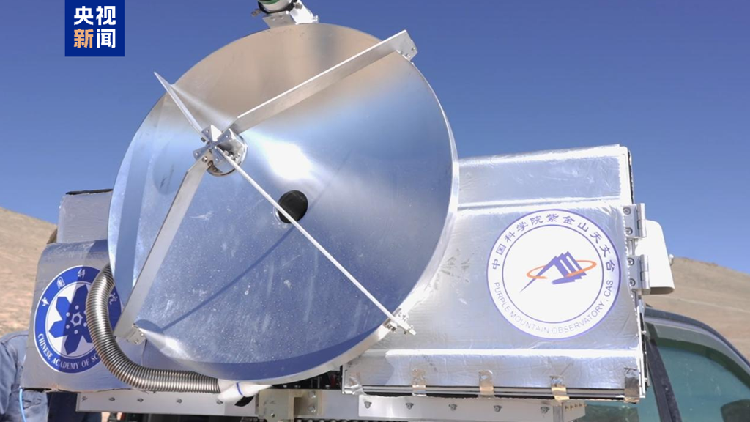China successfully concludes inaugural superconducting terahertz communication experiment
China has successfully conducted its inaugural test of superconducting terahertz communication. This groundbreaking achievement marks a significant advancement in the field of communications technology, showcasing the potential for enhanced speed and efficiency in data transmission.

This achievement marks the first global application of high-sensitivity superconducting receiver technology in long-distance wireless communication, successfully transmitting high-definition video signals over a distance of 1.2 kilometers.
The experiment took place at an altitude exceeding 4,000 meters at a submillimeter-wave astronomical observation facility in Qinghai Province, northwest China. Using a transmission power of only 10 microwatts—equivalent to one-millionth of the power generated by a typical mobile phone base station—the team was able to receive HD video via a superconducting terahertz receiver, despite the low signal strength.
Li Jing, a researcher at PMO, compared the distinction between microwave and terahertz communication to widening a road from two lanes to six or eight, due to terahertz's broader and richer spectrum resources. She noted that superconducting detection technology increases efficiency, enabling signals to travel further with minimal loss.
Terahertz radiation encompasses electromagnetic waves with frequencies ranging from 0.1 to 10 THz, positioned between microwave and light. It is viewed as a crucial resource for future communications.
Nonetheless, long-distance transmission encounters obstacles, particularly severe signal attenuation. Chinese researchers have been working on terahertz astronomical detection technologies since the 1990s, and this experiment marks a key advancement, establishing a new record for the farthest terahertz wireless communication distance within the 0.5 THz frequency band.
Shi Shengcai, an academician at CAS, emphasized China's strengths in this area, citing the Qinghai-Xizang Plateau as an optimal location for such experiments, along with the nation's progress in superconducting detector technology after years of development.
The success of this experiment highlights the promise of superconducting receivers for long-distance terahertz communication, paving the way for future space-based and air-to-ground communication systems capable of handling vast amounts of data, as noted by the authors.
Mathilde Moreau contributed to this report for TROIB News
Discover more Science and Technology news updates in TROIB Sci-Tech












